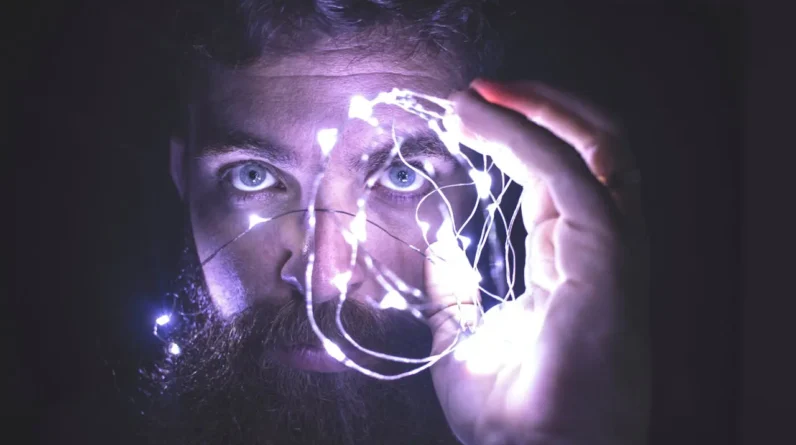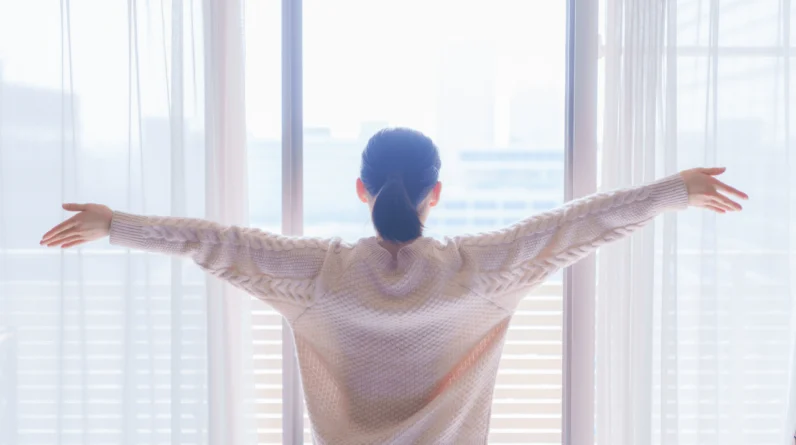
Anxiety is by far one of the most common psychological issues.
Because there are several types and forms of anxiety, it also means that the condition is largely misunderstood.
Also, every person who has had or has anxiety has experienced it in a unique manner, and this also increases the likelihood of undermining other people’s experiences.
Often, when we hear that someone has anxiety, we expect to see them in a state of panic, shaking a bit, tapping their leg uncontrollably, hyperventilating, and with sweaty hands to top it all off.
Yes, all these things can happen when someone is anxious – but not always.
And if you don’t experience these common signs, it doesn’t mean that you don’t have anxiety or yours is ‘better.’ It simply means your experience is different.
Despite how every person experiences anxiety, there is one common thing.
For everyone, anxiety is an internally overwhelming and exhausting, yet crippling feeling.
Common Signs of Anxiety
These can include:
- Restlessness
- Being irritable
- Difficulties in concentration
- Tense muscles
- Poor sleep hygiene
- Increased and irregular heart rate
- Aches and pains
- Changes in sex drive
- Nausea
- Hot flashes
- Teeth grinding
The Conflicting Signs of Anxiety
1. Being withdrawn.
Due to anxiety, some people are not comfortable with coming forward and being ‘present’ in a crowd.
This can be especially true when the people are new or when the crowd is big. These people withdraw, and that makes them feel ‘invisible’ in a way. To them, having less attention around them means they are less likely to be judged.
However, anxiety can also look like: Being overly loud.
Some people with anxiety cannot stand silence. To them, any silence is uncomfortable and should be filled. If no one is going to do it, they will do so. As a result, they tend to take on a lot of space and dominate the conversation.
2. Saying ‘yes’ to everything.
Because of the fear of being judged or losing friends, some people say ‘yes’ to everything suggested by their friends or family.
They don’t turn down any invitation or offer because they are scared that if they say ‘no’, they will be judged, and maybe no one will want to interact with them.
However, anxiety can also look like: Saying ‘no’ to everything.
For others, social interactions, commitments, or responsibilities are a no-go area.
They will say ‘no’ to everything because they just can’t handle social interactions. In some cases, they’re also not comfortable with being in charge or responsible for anything as they’re worried it might not go well. Consequently, they turn down any responsibility.
6 Practices for Overcoming Social Anxiety & Building Confidence→
3. Feeling like everything is going too fast.
For some people, time flies due to anxiety. The world seems to spin very fast, and they don’t see where the time goes. They’re unable to get much done and just want everything to stop and slow down.
However, anxiety can also look like: Feeling like the world is too slow.
On the other hand, some people might feel like everything is dragging and not moving at the pace that it is supposed to. One example is when someone who has social anxiety is on stage giving a ten minute presentation.
Those ten minutes might feel like a lifetime. One might just need them to end so they don’t deal with the uncomfortable feeling of being in front of a crowd or being the center of attention.
4. Worrying about the future.
Anxiety can result in someone being paralyzed about the things that could possibly go wrong.
This intense fear can typically get in the way of their everyday life, thereby making it difficult for them to go through mundane day-to-day tasks.
It also makes it challenging for them to plan for the future, thereby increasing the likelihood of a negative outcome that could have been avoided by sufficient preparation.
However, anxiety can also look like: Being worried about the past.
Some people focus so much on the past that they’re unable to move on and do anything else. They think of the mistake they made and how they could have done things differently.
They’re so fixated on that past not-so-nice experience that they are unable to try the same thing again. For instance, someone who had a work interview and looked back at how they responded to some of the questions and realized that they could have answered the questions differently.
Consequently, this person then becomes scared of the possibility of going to more interviews.
These are just some of the many instances where signs and symptoms of anxiety might seem different or conflicting, but are equally crucial and should receive attention.
Conflicting Signs of Anxiety: All Types of Anxiety Should Be Addressed
The above-mentioned types of anxiety can coexist, and someone doesn’t necessarily have to present all of the symptoms for them to think that they need to see a professional for help.
We all have moments where we feel anxious, but when this continues and in worse scenarios, gets in the way of your day-to-day life, always look for help.
There surely are some things you can do to manage anxiety alone or at home, but in some cases, you need a professional to give you the adequate and effective tools you need.
The most important thing is to understand that your experience will never be identical to that of another person, and it should never be undermined. It is also important for us to spread kindness and allow those around us to effectively heal from the things they might not be comfortable talking about.
Photo by Pham Khoai







